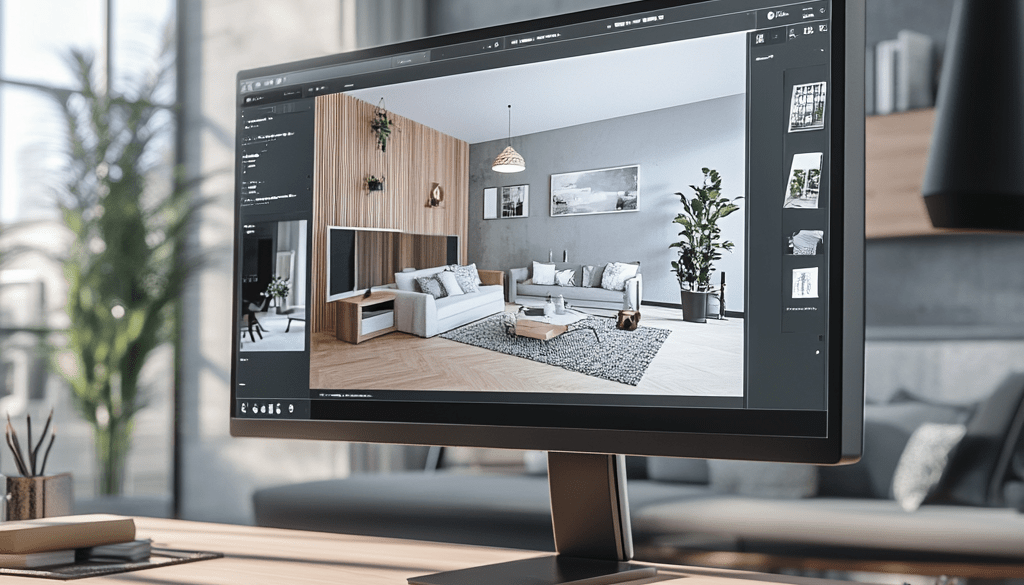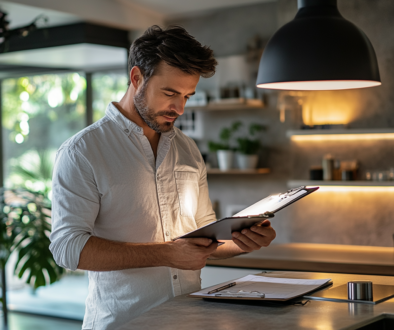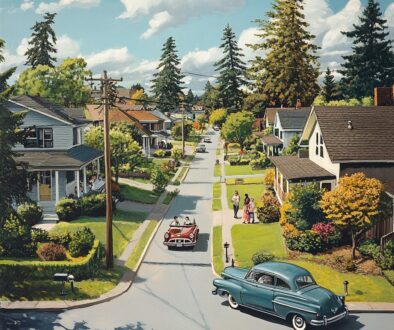Virtual Staging: How Technology Can Help Showcase a Home’s Potential Without Breaking the Bank
When it comes to selling a home, first impressions are everything—especially in today’s digital-first market. In order to create an emotional connection with buyers often starts online, where visually stunning photos can make or break a listing. Enter virtual staging: a cost-effective, high-impact way to showcase a home’s potential and attract buyer interest.
While virtual staging offers undeniable advantages, it also comes with considerations that needs to be addressed. Here’s how virtual staging works, the pros and cons, and what to watch out for when using this powerful marketing tool.
What is Virtual Staging?
Virtual staging is a digital process where empty or sparsely furnished spaces are transformed into beautifully designed rooms using computer-generated images. Unlike traditional staging, which requires physically moving furniture and décor into the home, virtual staging does all the heavy lifting digitally.
The goal remains the same: to help buyers visualize how a property could look when it’s lived in, making it easier for them to connect emotionally with the space.
The Pros of Virtual Staging
For Realtors and sellers, virtual staging offers several compelling advantages:
- Cost-Effective Solution
Traditional staging can cost thousands of dollars, especially for larger homes or extended timeframes. Virtual staging, by comparison, typically costs between $50 and $150 per image, making it an affordable option for sellers who want to present their property in its best light without breaking the bank. - Customization and Flexibility
Virtual staging allows you to tailor the style of the furnishings to match the preferences of your target buyer. Whether the audience is young professionals, families, or retirees, you can select designs that resonate, all without committing to physical furniture. - Quick Turnaround
In a fast-moving market, timing is everything. Virtual staging can transform listing photos within a matter of days, helping you get the property on the market faster. - Enhanced Marketing Appeal
Online listings with well-staged photos tend to attract more clicks and showings. Virtual staging gives vacant or poorly furnished spaces a polished, inviting look that draws buyers in. - Perfect for Vacant Properties
Empty homes often feel cold and uninspiring. Virtual staging breathes life into these spaces, helping buyers imagine how they could use the rooms effectively.
The Cons of Virtual Staging
As valuable as virtual staging is, it’s not without its challenges. The things to be mindful of are the followings:
- Potential for Misleading Buyers
Virtual staging should enhance a property’s potential, not create an unrealistic version of it. Overly idealized or inaccurate images can lead to buyer disappointment during in-person showings, which can hurt trust and derail a sale. - No Impact During Showings
Unlike traditional staging, virtual staging only enhances the online listing. When buyers visit the home in person, they’ll see the empty or sparsely furnished space, which can make it harder for them to connect emotionally. - Quality Matters
Low-quality virtual staging can look unnatural or even tacky, which can detract from the property’s appeal. Choosing a professional, reputable service is essential to avoid this pitfall. - Ethical Considerations
Transparency is critical when using virtual staging. Misrepresenting a home by digitally altering structural elements (e.g., adding windows, removing walls) can lead to legal and ethical issues.
Best Practices for Realtors and Sellers
To make the most of virtual staging while avoiding potential downsides, keep these key strategies in mind:
- Partner with Professionals
Work with experienced virtual staging companies that deliver high-quality, realistic images. Look at portfolios and reviews to ensure their style aligns with your vision for the property. - Be Transparent
Always disclose when a property has been virtually staged. Include a note in the listing or watermark on the images so buyers know what to expect when they view the home in person. - Keep Designs Realistic
Virtual staging should highlight the home’s potential, not create unrealistic expectations. Use designs that reflect the home’s actual layout, dimensions, and architectural features. - Target the Right Audience
Tailor the staging style to your target demographic. For example, a sleek, modern design might appeal to young professionals, while warm, family-friendly décor could resonate with buyers looking for a larger home. - Complement Virtual Staging with Other Tools
Pair virtual staging with professional photography, engaging property descriptions, and virtual tours to create a comprehensive online marketing strategy that draws in buyers.
The Takeaway
Virtual staging has become an essential tool for to maximize a property’s online appeal. It’s a cost-effective, flexible, and efficient way to showcase a home’s potential and attract more interest in today’s competitive market.
However, its effectiveness depends on how it’s used. By focusing on transparency, quality, and realistic expectations, Realtors and sellers can use virtual staging to highlight a property’s best features without overselling or misleading buyers.
In the end, virtual staging isn’t just about making a home look good—it’s about creating a vision that helps buyers see themselves living there. Done right, it can be the key to turning a listing into a sale.





